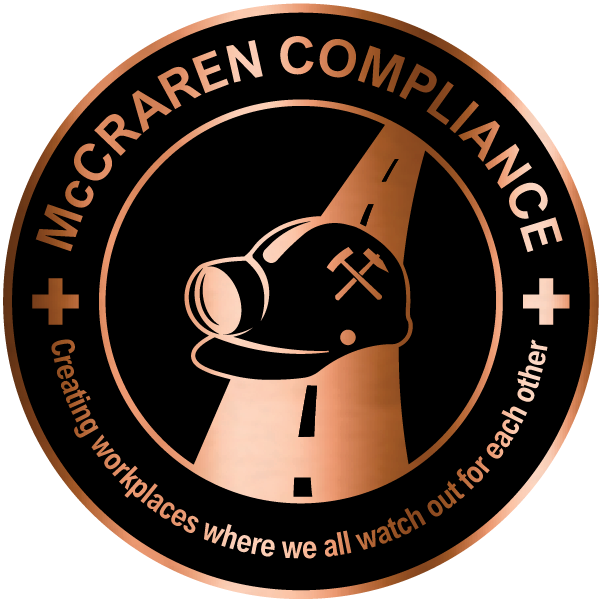The Commercial Vehicle Safety Alliance’s (CVSA) International Roadcheck is scheduled for May 13-15. International Roadcheck is a high-visibility, high-volume commercial motor vehicle inspection and regulatory compliance enforcement initiative that takes place over three days in Canada, Mexico and the United States.
Law enforcement personnel will inspect commercial motor vehicles and drivers at weigh/inspection stations, temporary sites and mobile patrols to verify regulatory compliance. Data from the 72 hours of International Roadcheck will be collected and the results will be released this summer.
Each year, International Roadcheck places special emphasis on a driver violation category and a vehicle violation category. During International Roadcheck, inspectors will primarily conduct the North American Standard Level I Inspection, a 37-step procedure that includes an examination of driver operating requirements and vehicle mechanical fitness. While all 37 steps will be completed, as usual, inspectors will also pay close attention to the driver’s record of duty status (RODS) and the vehicle’s tires.
Driver Focus Area
Hours-of-service (HOS) regulations are in place to safeguard transportation safety by limiting driving hours and mandating adequate rest breaks to ensure commercial motor vehicle drivers have the opportunity to get the rest they need, thereby preventing crashes and incidents caused by fatigue.
To ensure compliance with HOS regulations, drivers must accurately reflect their times and duty statuses in their RODS, which is a log that a commercial motor vehicle driver must maintain to record their driving activity. Failure to record, complete or retain the log, or knowingly falsifying logs or other related reports, is not only a driver out-of-service violation, it also makes the driver and/or carrier liable to prosecution.
During the driver portion of an inspection, inspectors check the driver’s documents, license or commercial driver’s license, medical examiner’s certificate and skill performance certificate (if applicable), record of duty status, Drug and Alcohol Clearinghouse status (in the U.S.), seat belt usage, and alcohol and/or drug impairment. If an inspector identifies driver out-of-service violations, they place the driver out of service, restricting that driver from operating their vehicle.


